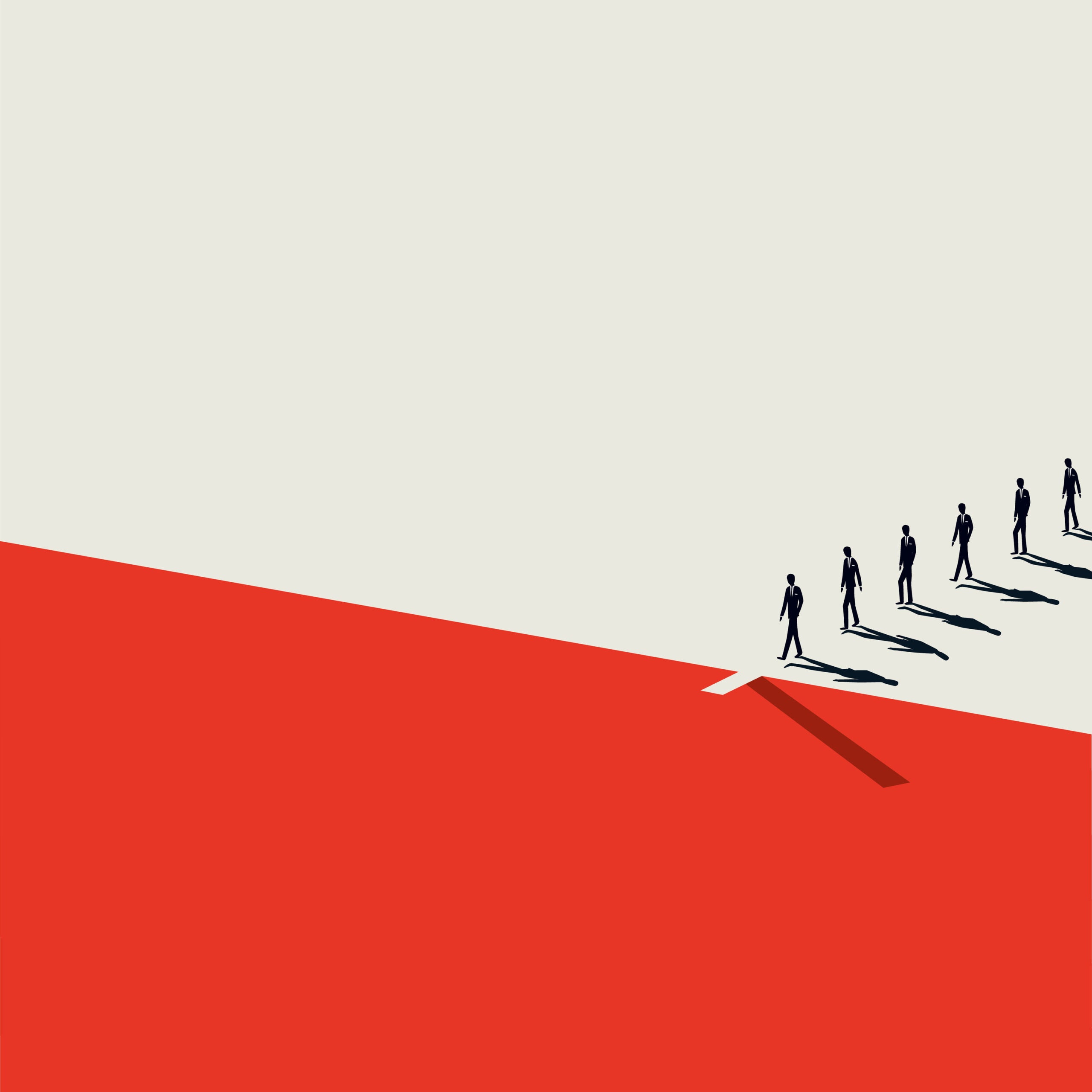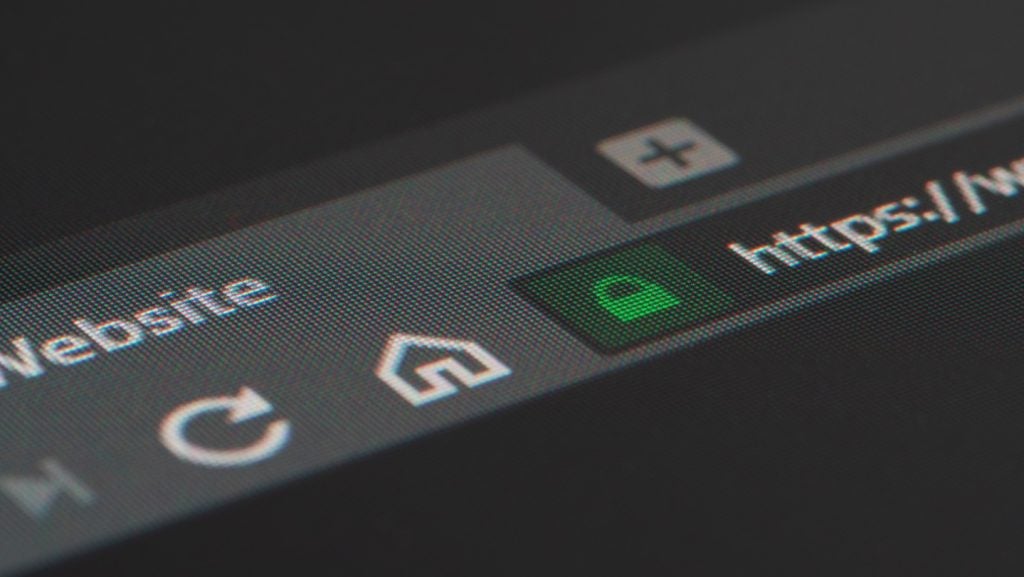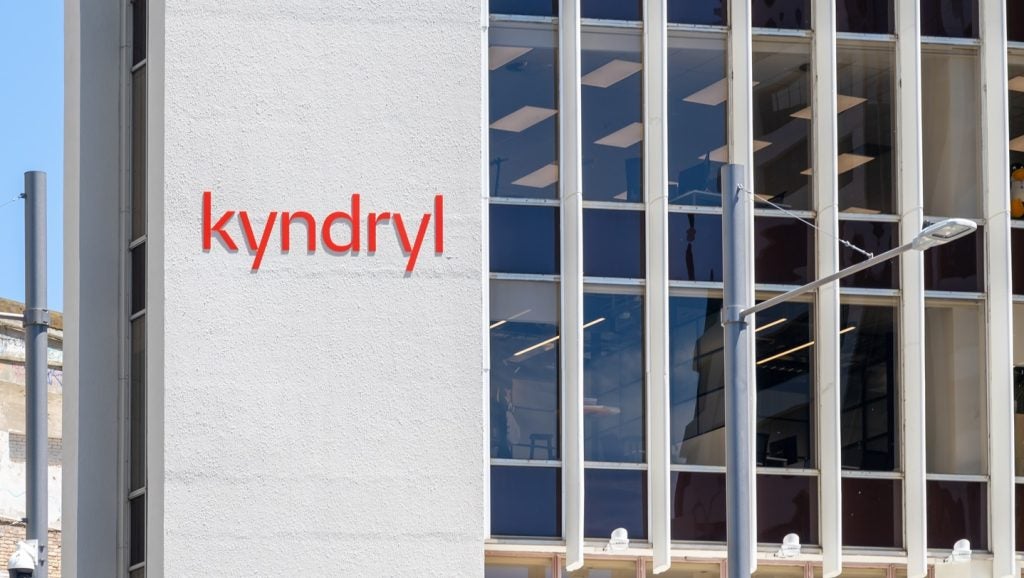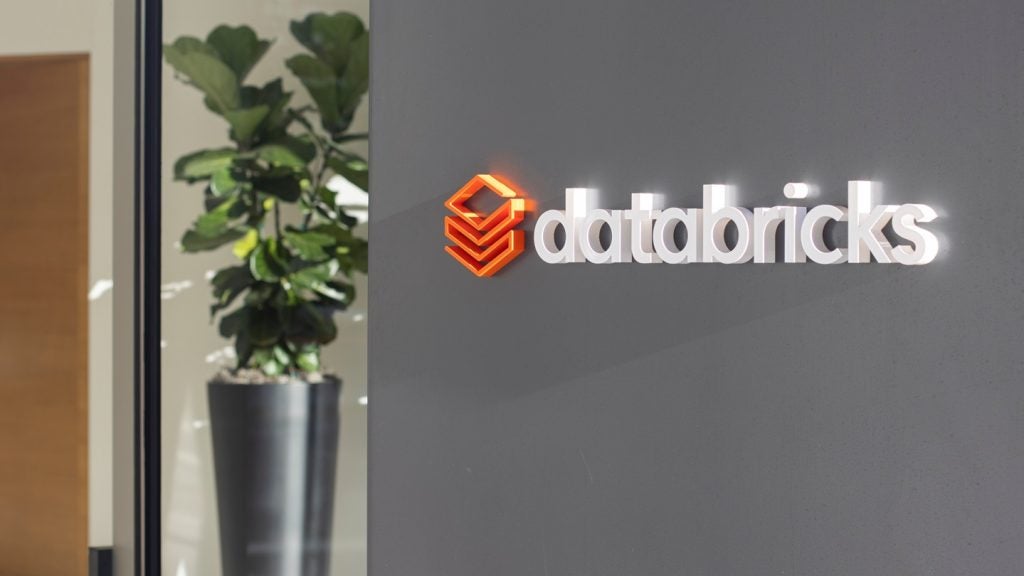
Banks should be worried. For over a century, traditional lenders enjoyed a state of comparative safety, only concerning themselves with competition from other banks. Then the fintech revolution happened at the turn of the millennium. In the years since, incumbents have increasingly faced off against a growing plethora of neobanks vying for a slice of the market. Big Tech has also joined the fray in recent years and smaller startups are set to follow. The market is only set to grow more crowded.
Open banking is central to this trend. Since the European Union announced the second Payments Services Directive, or “PSD2”, in 2015, the continent’s lawmakers and regulators have forced banks to give up their monopoly on the digital information they have on customers.
“It requires your bank to give access to your data to a licensed third party whenever you give your consent – ultimately putting your data back into your hands,” Lucy Clarke, investor at venture capital firm Octopus Ventures, tells Verdict.
This means that challenger banks, insurers, compliance solution providers, financial management innovators and a wealth of other startups can access the data as long as customers have given their consent. This is done via an application programming interface (API).
“It works the very same way you link up your Facebook account to your Tinder account,” Francesco Simoneschi, CEO and co-founder of fintech dev platform TrueLayer, tells Verdict.
While lawmakers championed this as a way to level the playing field and give consumers more options and better services, banks have often seen it as a costly compliance exercise and, at worst, as a threat to their bottom line. It’s easy to see why. By opening up their data feeds to competitors, lenders arguably lost a massive advantage. To some, this explains why banks have been so slow to adopt open banking, a situation which has infuriated fintech stakeholders.

US Tariffs are shifting - will you react or anticipate?
Don’t let policy changes catch you off guard. Stay proactive with real-time data and expert analysis.
By GlobalData“The slow uptake is the result, at least in part, of foot-dragging by some of the large financial institutions, who may have perceived open banking as more of a threat than an opportunity. It certainly was an unwelcome cost to some of them,” Oliver Prill, CEO of neobank Tide, said in March.
He echoed a sentiment voiced by co-founder and former CEO of Monzo Tom Blomfield in 2020, arguing that the “positive effect of open banking on innovation has been nil.”
Simoneschi disagrees with that description given that startups like TrueLayer, which recently closed a $70m Series D round, have been hard at work over the better part of the last decade to accelerate the adoption of open banking.
“I would still find the quote from the former CEO of Monzo, honestly, very catchy for the media, but fairly inaccurate in reality,” he says. “And I was surprised to hear an executive and a forward thinker, such as Tom, just put the work of many in the trash bin so quickly without a deeper analysis that I think he is very capable of doing.”
Instead, Simoneschi suggests adoption has been happening and accelerating, but admittedly without most customers noticing it. “I don’t think the average consumer is required to know what open banking is,” he says.
However, they do notice when open banking doesn’t work. That may be because they can’t access their accounts via their smartphones, make payments or sign up for new services.
“For whatever reason it doesn’t work, then who am I going to blame?” Simoneschi says. “I’m going to blame my bank.”
This fact, he suggests, has incentivised banks to open up their data feeds to third-party providers, even if they may be rivals. As result, Simoneschi believes that 60% of UK customers will be using open banking solutions by 2023.
Millennials and younger users have driven the move towards digital banking. As noted in a recent thematic research report from GlobalData, “Generation Z have grown up with and were born into” the era of digital banking.
Covid-19 has accelerated this trend with many bricks-and-mortar bank branches closing to halt the spread of the contagion. As a result, people had to go online.
“Digital banking was kind of forced upon us during the coronavirus,” Clarke says, arguing that the pandemic “highlighted the critical need for real time data and access to that data, which is something that open banking could really have assisted with.”
As open banking becomes more commonplace, Clarke expects that fintech startups will be empowered to provide better financial management services, credit scores, tailored insurance policies and accounting services as well as a wealth of other services.
“So a lot to be excited about,” Clarke says.
Simoneschi believes that open banking could also mean that businesses which don’t traditionally provide financial services could leverage the situation to their benefit. He is confident it is just a matter of time before the lines between financial and non-financial industries will start to blur. And when they do, customers are bound to notice because they’ll be able to access fintech solutions from unexpected providers.
Big Tech firms are already using that line as a skipping rope. In recent years, Apple, Amazon, Facebook, and Google have launched fintech services such as digital wallets and credit services.
Simoneschi believes this trend is only set to grow. As an example, he suggests the music streaming unicorn Spotify could potentially provide financial services for artists.
“If you’re an independent artist looking for a loan, then Spotify is probably better suited to bring you that loan because they have a bunch of information that your bank doesn’t have,” he says. “So there is a moment where Spotify becomes your bank if you’re an artist because that’s where you’re producing most of the relevant data. Okay? Because that’s what is the platform of your business.”
In fact, Uber already provides a version of this to its drivers. The ride-hailing company launched a range of fintech solutions in 2019 called Uber Money. The solutions included debit cards, earn-as-you go, a digital wallet and a credit card. Similar to the theoretical Spotify example, Uber is using the data it has on its drivers to arguably provide a service more fine-tuned to their needs than the ones banks could give.
On the face of it, more companies stepping into fintech space could mean that banks should be worried. However, Simoneschi suggests that it also presents banks with an opportunity. If other companies are already offering contextual financial services based on open banking, why shouldn’t incumbents be able to do the same?
“I’m just saying that [it has] opened up a Pandora’s box of other things that the banks can use,” Simoneschi says, hinting that he may already know of a company that is working on such a solution. But whether that is a traditional lender or a neobank such as Monzo – which TrueLayer has partnered with in the past to introduce a gambling block to help gambling addicts overcome their addiction – he won’t say.







